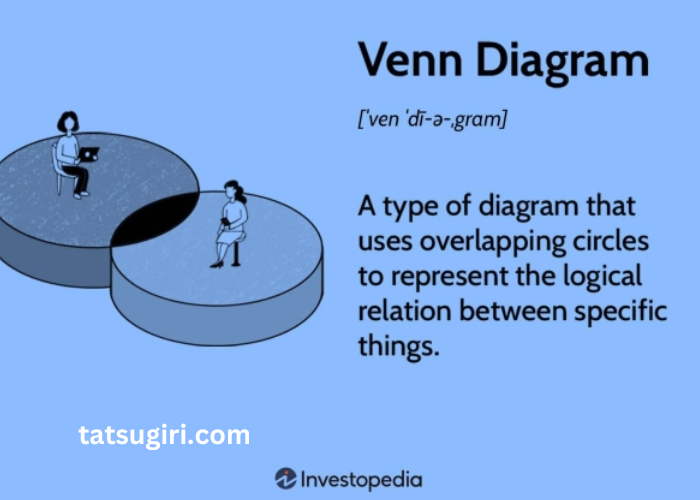In various contexts, from academic exams to professional assessments and everyday decisions, selecting the best answer from multiple choices is a common task. This process, though seemingly straightforward, involves strategic thinking and careful consideration. Understanding how to approach these questions effectively can significantly impact outcomes, whether you’re taking a standardized test, participating in a quiz, or making a critical decision. This article explores the nuances of selecting the best answer, offering practical tips, strategies, and examples to enhance your decision-making skills.
The Importance of Answer Selection
Understanding the Context
When faced with multiple-choice questions or options, understanding the context is crucial. This means comprehending the question or problem being addressed and the relevance of each answer choice. Properly interpreting the context ensures that your selected answer aligns with the given criteria or requirements.
Strategic Decision-Making
Selecting the best answer requires strategic decision-making. This involves evaluating each option based on its merits, drawbacks, and alignment with the question. Effective decision-making strategies can improve accuracy and confidence in your choices.
Analyzing Multiple-Choice Questions
Reading the Question Carefully
One of the first steps in selecting the best answer is to read the question carefully. Pay attention to key phrases and instructions that clarify what is being asked. Misinterpreting the question can lead to incorrect choices, so take time to understand the exact requirements before selecting an answer.
Identifying Key Terms and Phrases
Key terms and phrases in a question can provide valuable clues about the correct answer. Look for words that indicate specific requirements or conditions, such as “most likely,” “best,” or “only.” These terms can help narrow down the options and guide you toward the most appropriate answer.
Evaluating Answer Choices
Comparing Options
When faced with multiple answer choices, comparing each option is essential. Analyze how each choice aligns with the question and the context. Eliminate options that are clearly incorrect or less relevant to focus on the most viable answers.
Considering All Possibilities
Don’t rush to select an answer without considering all possibilities. Sometimes, options that seem correct at first glance may not be the best choice. Take the time to evaluate each answer thoroughly before making a final decision.
Common Pitfalls in Answer Selection
Overlooking Key Details
Overlooking key details in the question or answer choices can lead to incorrect selections. Ensure that you carefully review all aspects of the question and options to avoid missing crucial information.
Relying on Assumptions
Relying on assumptions rather than evidence or context can result in poor choices. Base your decision on the information provided in the question and answer choices, rather than preconceived notions or guesswork.
Techniques for Improving Answer Selection
Process of Elimination
The process of elimination is a useful technique for selecting the best answer. By systematically removing incorrect or less suitable options, you can narrow down your choices and increase the likelihood of selecting the correct answer.
Using Logical Reasoning
Applying logical reasoning can help in evaluating answer choices. Consider how each option relates to the question and whether it logically fits the requirements. This approach can aid in identifying the most accurate and relevant answer.
Practice and Preparation
Practicing with Sample Questions
Practicing with sample questions can improve your ability to select the best answer. Use practice tests, quizzes, or exercises related to the subject matter to familiarize yourself with common question formats and answer strategies.
Reviewing Mistakes
Reviewing mistakes from previous questions or assessments can provide valuable insights. Analyze why certain choices were incorrect and learn from these errors to refine your decision-making process.
Making Informed Decisions
Gathering Relevant Information
In scenarios beyond multiple-choice questions, gathering relevant information is key to making informed decisions. Ensure you have all necessary facts and details before selecting an option, whether in a test, quiz, or real-life situation.
Evaluating Consequences
Consider the potential consequences of each answer choice. Understanding the implications of your selection can help you choose the option that best aligns with your goals or the question’s requirements.
Real-Life Applications of Answer Selection
Academic Tests and Exams
In academic settings, selecting the best answer from multiple choices is a common task. Whether it’s a standardized test, a classroom exam, or an online quiz, mastering this skill can enhance performance and improve test scores.
Professional Assessments
In professional assessments and job interviews, answering questions effectively can impact career opportunities. Employing strategic answer selection techniques can demonstrate your knowledge and problem-solving abilities.
Everyday Decisions
The principles of answer selection can also apply to everyday decisions, from making purchases to choosing between options in various situations. Applying these strategies can lead to more informed and effective decision-making.
The Role of Intuition
Balancing Intuition and Analysis
While analytical thinking is crucial, intuition also plays a role in answer selection. Balancing intuition with logical analysis can help you make well-rounded decisions. Trusting your instincts, combined with careful evaluation, can guide you toward the best answer.
Recognizing When to Rely on Intuition
Knowing when to rely on intuition versus analysis depends on the context. In situations where you have ample information and time, thorough analysis is key. However, in fast-paced or ambiguous scenarios, intuition can provide valuable insights.
Finalizing Your Choice
Double-Checking Your Answer
Before finalizing your choice, double-check your answer to ensure it aligns with the question and context. Verify that you have not overlooked any details or made any errors in your decision-making process.
Confidence and Assurance
Confidence in your answer can impact your performance and satisfaction with the decision. Ensure that you feel confident in your choice based on careful evaluation and understanding of the question and options.
Conclusion
Selecting the best answer from multiple choices involves a combination of careful analysis, strategic decision-making, and practical techniques. By understanding the importance of context, evaluating options thoroughly, and avoiding common pitfalls, you can improve your ability to make accurate and informed choices.
Whether in academic settings, professional assessments, or everyday decisions, mastering the art of answer selection can enhance your effectiveness and success. Applying the strategies outlined in this guide can help you navigate the process confidently and achieve the best possible outcomes in various scenarios.

